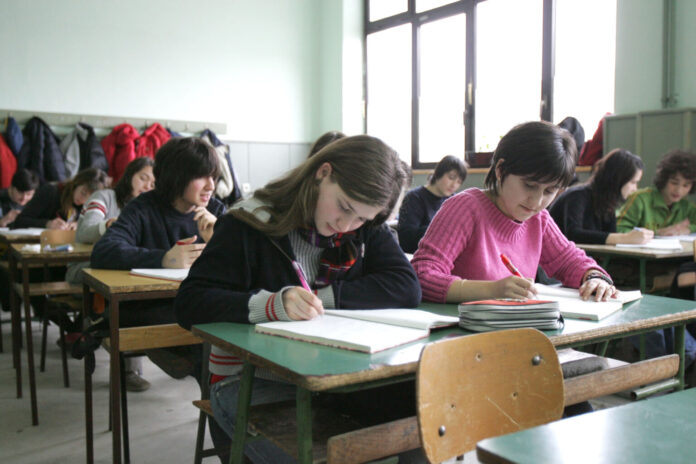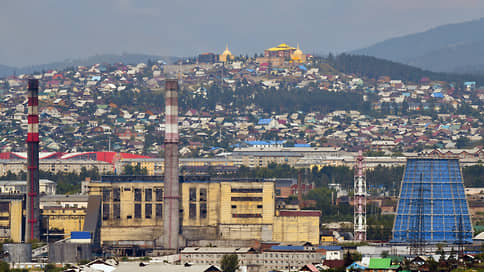TV review Not a day on TV without people dragging wars behind them
/s3/static.nrc.nl/images/gn4/data130617820-034481.jpg)
On TV, the war season appears softly: the flood of programs about the Second World War that precedes the commemoration on 4 and 5 May. In the second series of War is hereditary (Sunday, NPO 2) Natascha van Weezel talks to people who try to relate to a war trauma that they have received from their parents. That does not necessarily have to be the Second World War. Among the guests is one Shoah survivor and one son of a KNIL soldier who was in a Japanese camp. The others drag other wars behind them. They are refugees, or children of refugees, from Srebrenica, Sierra Leone, Turkey, Palestine.
The youth of writer Adriaan van Dis was determined by a violent father who had been in a camp in Indonesia. That he was a broken man could not hurt that father, and he responded to his family. Although the writer’s life is signed by the behavior of his father, he is now speaking more milder about him.
Singer Meral Polat was born in Amsterdam, but since her father’s death she has increasingly delved into the culture from which she dates. Alewitic Kurds in Turkey have a long history of oppression and genocide. Polat sings about it in Kurdish, her father’s language that was forbidden for a long time.
Nice conversations that show how long and deep wars work in families. And how different wars hit the same wounds. Again it is annoying that in between, War Child’s billboards always appear, and that the interviewees have to say something nice about the sponsor. Why can’t the public broadcaster pay such a program itself? Two people at a table – can’t be very expensive.
Survival
If we are still busy with the aftermath of a war of eighty years ago in the Netherlands, then you can find out how long the war in Ukraine will continue. In 82 days in hell (Monday, NPO 2) Director Jasper Christiaens and war journalist Joanie de Rijke tell the story of the three thousand people who lived in the shelters of Steelfabriek Azovstal during the siege of Marioepol. For weeks in damp catacombs, without daylight, electricity or contact with the outside world, while above their heads the bombs threw.
Many of the images in this Flemish-Dutch three-part docuserie were shot by the residents themselves. Underground a wonderful society with people from all walks of life, some of whom had taken their dogs and cats. Mutual tensions, fear and hunger are accompanied by samples of courage, humanity and survival art.
The Italian documentary Art versus war (Close Up, NPO 2) Looking for beauty between the war track. Apart from each other, street artists Banksy and C215 went to Ukraine to place their committed graffiti on broken buildings. Banksy left Borodjanka the graceful in the destroyed city Gymnast On a wall behind. And David and Goliath: a young judoka who floors an adult man. The French artist C215 made portraits of residents and national heroes on the walls. The artworks grew into symbols of Ukrainian resilience and resistance.
Italian conservators are now busy preserving the murals and to get them in a museum. When you see them busy with their cautious brushes on the rough concrete chunks, you feel that something is wrong. This is street art – meant to go to the street scene. Not intended to hang in a neat museum. But yes, the Italians say, otherwise this art will disappear when the demolitioners come. They promise that they leave the fire tracks and the bullets.

/s3/static.nrc.nl/images/gn4/stripped/data133007026-70745d.jpg)
/s3/static.nrc.nl/images/gn4/stripped/data132854413-a3e368.jpg|https://images.nrc.nl/nTeCgI4ELNBl9jrvKsSa--fJ8z8=/1920x/filters:no_upscale()/s3/static.nrc.nl/images/gn4/stripped/data132854413-a3e368.jpg|https://images.nrc.nl/8OiFqQ6TBIWU24L7Itxx5j885qE=/5760x/filters:no_upscale()/s3/static.nrc.nl/images/gn4/stripped/data132854413-a3e368.jpg)
:format(jpeg):fill(f8f8f8,true)/s3/static.nrc.nl/bvhw/wp-content/blogs.dir/114/files/2019/01/krielaars-michel-online-homepage.png)



